20 minute read
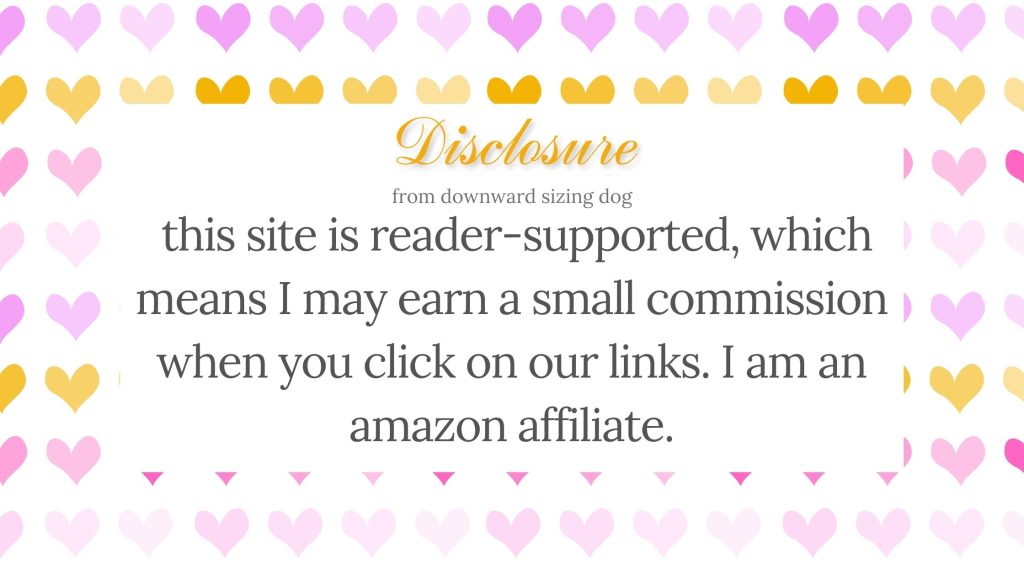
Update: November 2023. In January of last year, we wrote Why I Don’t Feed My Havanese An All Raw Diet, and we promised a follow-up article reviewing the foods we DO use. So now, we’re finally back to discuss our experience with freeze dried raw food for small dogs. We answer the questions “is freeze dried raw good for dogs,” and we look at the benefits of freeze-dried raw food. Without further delay, here’s a run-down of the why and what we feed our two Havanese, Phoebe and Scout.
But First, A Word About Picky Havanese
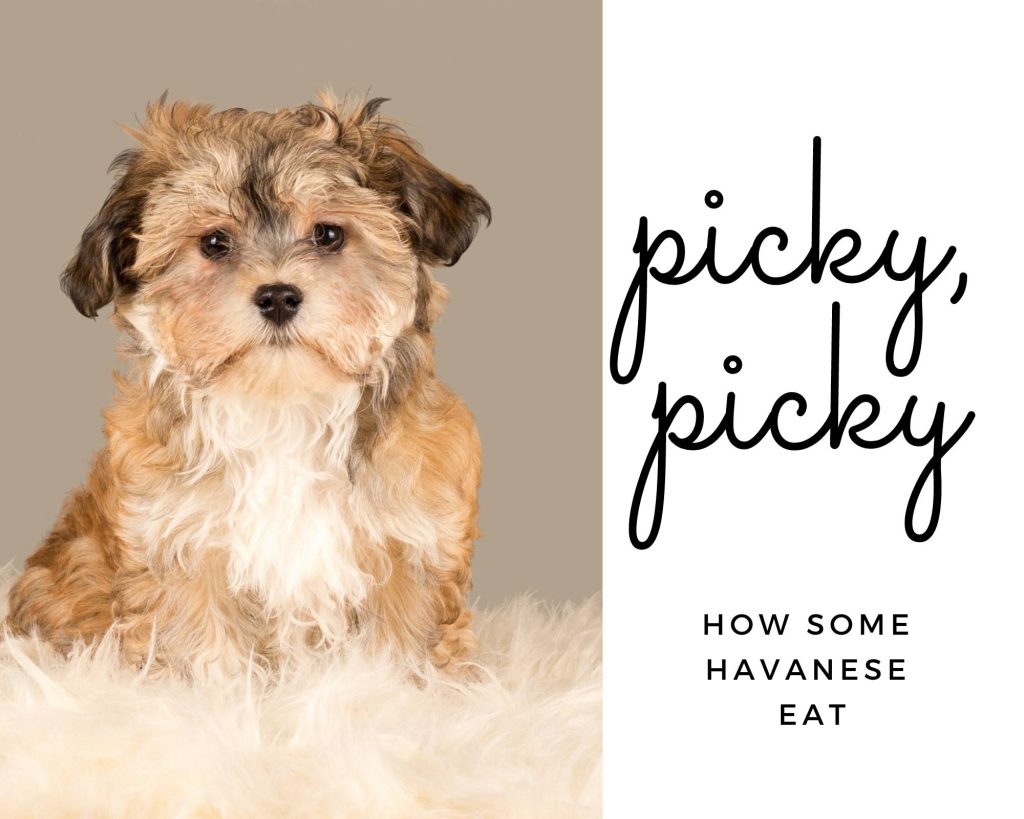
Yes, you’re right. This IS a further delay. I guess we can add “takes tangential conversational paths” to our list of bad blogging habits. But, in our defense, there’s always so much to say when we talk about what’s best for our dogs. So, we happily digress.
You won’t be surprised to learn that, like many small dogs, Phoebe and Scout have strong opinions about what they eat. Accordingly, they were intimately and eagerly involved in our food review process. Even when we found what WE felt was THE best freeze dried raw food for small dogs, they often disagreed. And, they expressed those views by simply walking away from their meals if they didn’t like the smell, the taste, or the texture.
Fortunately, we humans and dogs did come to an agreement about our top two choices of freeze dried raw for small dogs–at least for our Havanese. If you want to see HOW we feed the girls, please read our recent review “best snuffle mat for small dogs.” Sometimes, it’s just about what you feed, but the way you feed it.
Spoiler alert: If you’re too busy to read to the end, we’re giving away our conclusions in the next line:
We feed Instinct Freeze-Dried in the morning and either Stella & Chewy’s freeze-dried raw or homemade food using The Farmer’s Dog DIY method at night.
What We Feed Our Havanese (The In-Depth Journey)

As we discussed in our January, 2023 post, we’ve settled on a rotation of freeze-dried raw food and commercial, lightly-cooked frozen foods. After a great deal of research, we believe freeze-dried raw is good for dogs. We feed our small dogs freeze-dried raw 75% of the time, and we circle in homemade food with veterinary-certified recipes using The Farmer’s Dog DIY method. In addition, we rotate proteins for our small dogs, alternating between beef, salmon and turkey when we purchase new food.
We tend to use the commercial cooked frozen as a meal only in the summer. It’s hot and humid then, and our Havanese enjoy a cold meal. In our bitterly cold New England winters, however, I prefer the freeze-dried raw. I rehydrate it with warm water heated to 140 degrees in my Fellow Stagg EKG Electric Kettle. That little thing is magic and heats up almost instantly.
What’s wrong with a microwave?
I know you’re wondering why I don’t just microwave the cooked food, and it’s simply because doing so is one more opportunity to lose nutrients in the food. Yes, yes, I know microwaving kills fewer nutrients than other forms of cooking (Harvard Health tells us so), but since the food has already been processed more than I’d like, why do more damage, even if it’s slight?
And now, back to our main quest: finding the best freeze-dried raw food for small dogs.
Kibble vs. Dehydrated vs. Freeze-Dried vs. Raw Food for Small Dogs

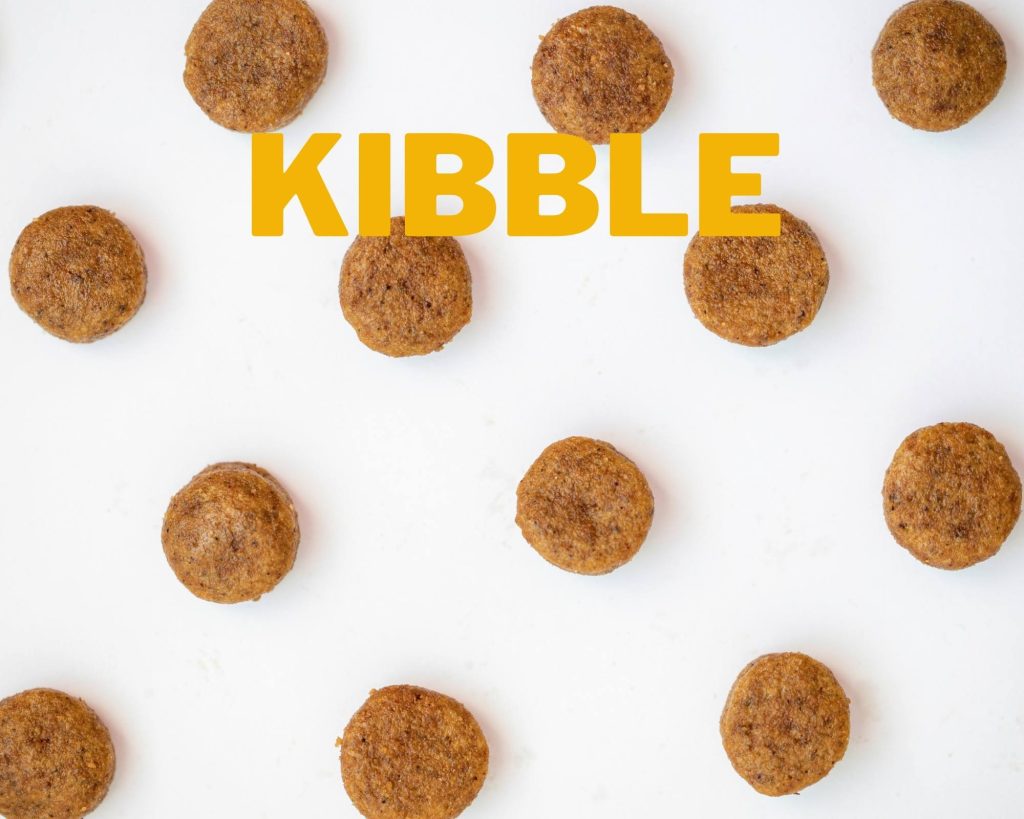
If we go with the Miriam-Webster definition of kibble, the food seems like a pretty reasonable thing to provide our pups: small, dry pellets of processed food for pets. If you look a bit deeper into the way many foods become kibble, however, it’s not so appetizing.
Not only is kibble usually a double-processed food using low-quality–if not downright questionable–ingredients, many brands have been found to contain toxins we don’t want our dogs eating. Our January article goes into details if you want to read more. We are not claiming that kibble is always bad. As we discuss in that post, we’ve known many dogs who thrive on high-quality kibble from reputable companies. We just choose to work toward less processed, more digestible nutrition for our dogs.
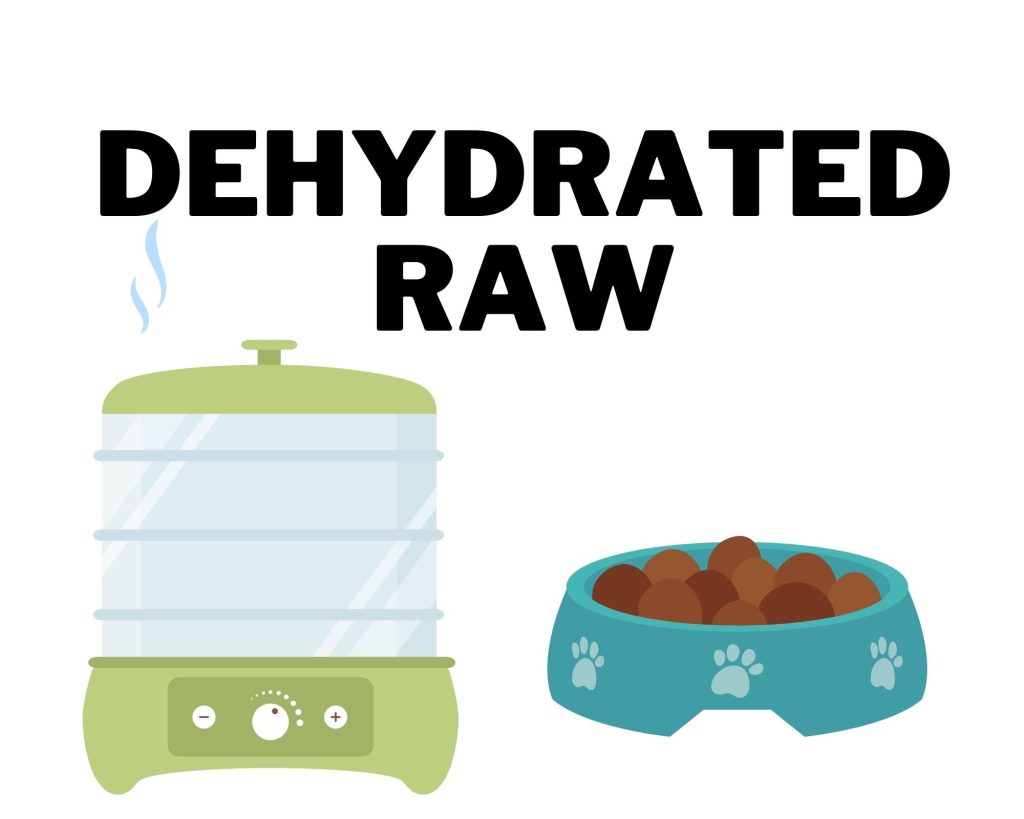
Dehydration is the low-tech path to a convenient, minimally processed raw diet for your small dog. As Whole Dog Journal reports, “The difference in nutritional content of [dehydrating and freeze-drying] is negligible. However, dehydration alters the cellular structure of meats, fruits, and vegetables more radically altering their appearance and taste than freeze-drying.”
How is the cellular structure altered? Dehydrating food does require low levels of heat…and so technically, the food is somewhat cooked.
and they didn’t like that
Because we’re working toward less-processed foods around here for humans and Havanese alike, we only taste-tested one dehydrated raw. The girls didn’t like it; the form we chose rehydrated into almost an oatmeal consistency. They disliked the texture and we disliked the mess it made in their little beards.
And, while you can find many dehydrated foods that are nutritionally complete, the dehydration process does break down the food somewhat. Why give our pups something that’s been morphed at both a microscopic and taste-bud level?
Freeze-Dried Raw Food
 Freeze dried food is not just for astronauts anymore. The process, which involves freezing, vaporizing and vacuuming out all the food’s moisture, is more expensive that dehydrating. But, freeze drying doesn’t involve heat and preserves most color and taste in foods.
Freeze dried food is not just for astronauts anymore. The process, which involves freezing, vaporizing and vacuuming out all the food’s moisture, is more expensive that dehydrating. But, freeze drying doesn’t involve heat and preserves most color and taste in foods.
In a variation on how freeze dried raw dog food is made, some companies use cold-pressure processing or high-pressure processing (CCP or HPP) to kill bacteria. This technique makes the raw food safer for handling. Some raw advocates believe this method disqualifies a food from being truly “raw”. As you’ll see below and in our recent YouTube video, we split the difference. We feed one brand that uses HPP and one brand that doesn’t.
We like to cover our bases, especially in the rapidly evolving field of dog nutrition and care.
Frozen Raw Food
Frozen raw food is just that. Raw meat (and sometimes ground bone and/or veggies and fruit) that’s been frozen. For years, we fed our golden retrievers raw food because our breeder, with whom we co-owned our dogs, insisted that we do so. And, we did become quick believers. Our retrievers’ yeast infections became a thing of the past, their coats were gorgeous, and their weights and breath were wonderful. Okay, their breath wasn’t “wonderful,” but, it was close.
When we became small dog converts and brought Phoebe into our lives, she initially ate Stella and Chewy’s frozen raw. However, she didn’t love it unless it was heated pretty significantly. That heating, of course, defeated the purpose of feeding her raw. And now, neither of our small dogs enjoy a thawed frozen raw product. So, we no longer have any need to explore these foods.
What About Human Grade Fresh Cooked Foods?
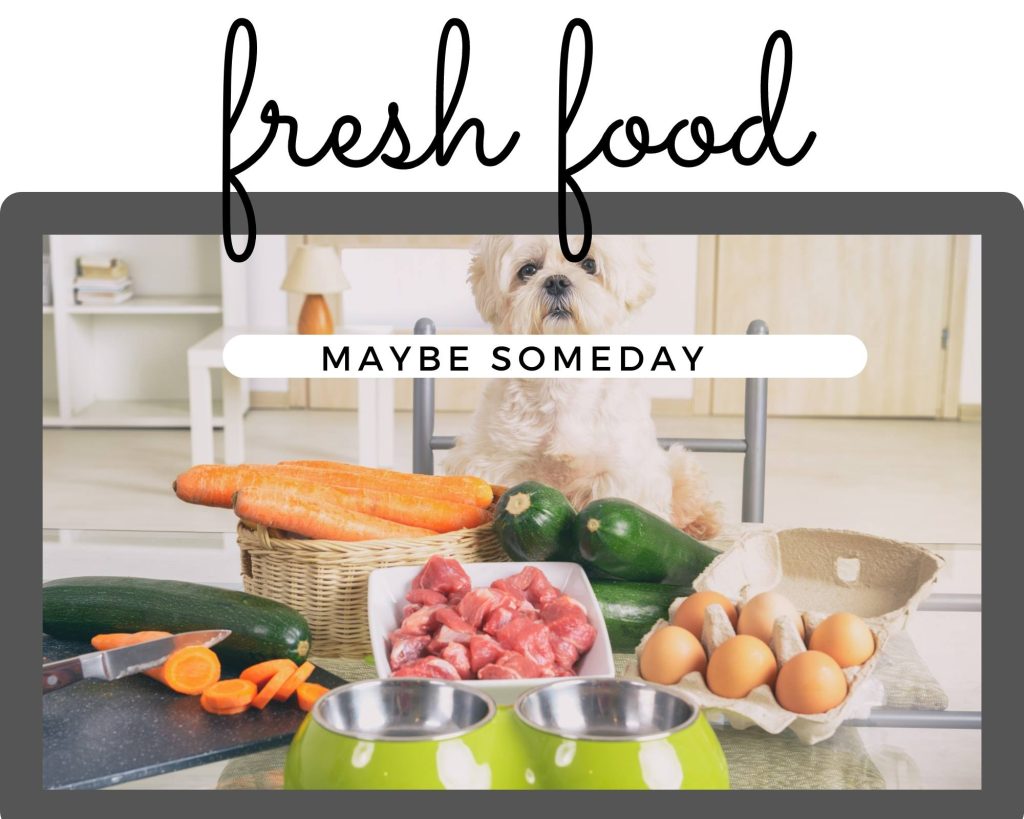
Fresh, home-prepared or commercially prepared foods may well be CLOSE to the gold-standard for feeding your small dog. And for a while, we tried this route, including sampling The Farmer’s Dog, Fresh Pet, and NomNom. Phoebe and Scout weren’t overly enthused with any of them. However, given all the new research confirming the benefits of human grade ingredients on our pups’ microbiome, we plan to revisit these foods.
In the future, we plan to keep learning from Hannah at dailydogfoodrecipes.com. We think that with her help, our small dogs will eventually love the commercial fresh food dishes as we’ll be supplementing with our own tasty ingredients like salmon, turkey, steak, cheese, veggies and fruits. Eventually, we’d love to be following Hannah’s fresh feeding regimen altogether. Then, we’d reach what we believe is the actual gold standard: fresh, home-cooked meals that we know are nutritionally complete.
Why Freeze-Dried Raw Food Is Always On Hand At Our House
Even if we someday move to home prepared foods for our Havanese, we will always keep freeze-dried raw in the daily rotation, because
freezers fail during power outages (especially when you live near the water in New England)
dog walkers and dog sitters seem to feel more comfortable feeding a dry food
we travel with the pups both locally and across country, and freeze-dried raw is a traveler’s dream. It’s lightweight and won’t spoil.
Why We Rotate Two Foods for Our Havanese
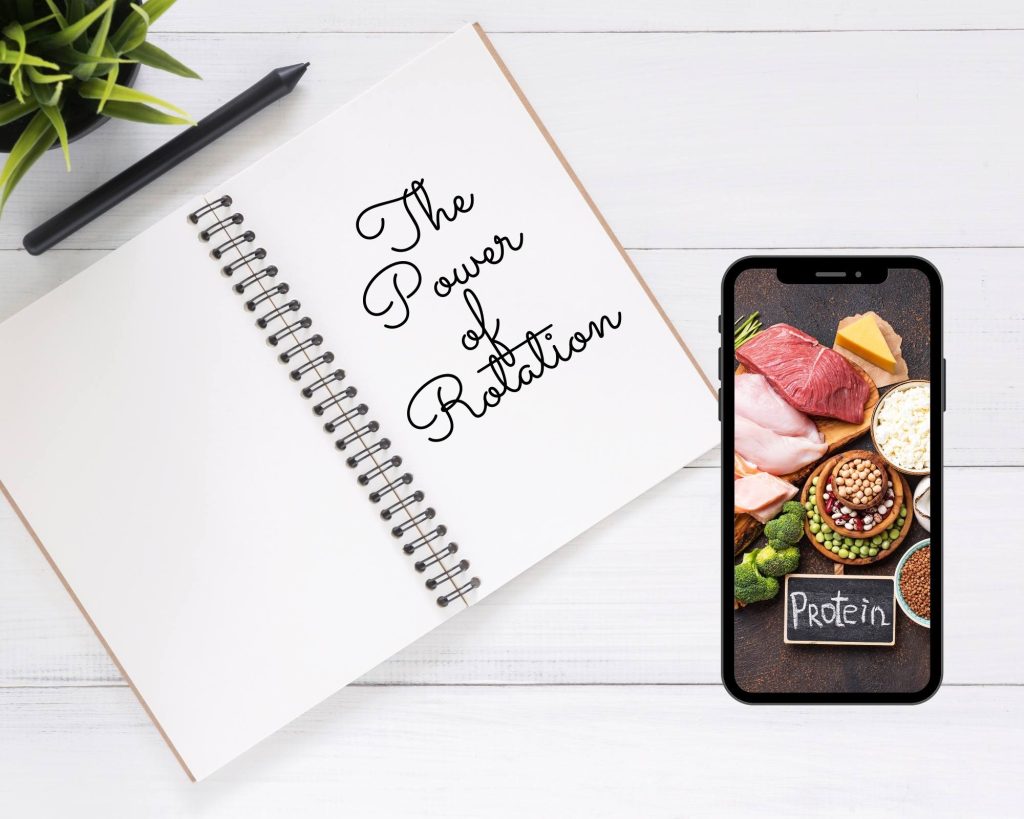
We blame the pandemic-fueled supply-chain disaster for this.
For a short period of time, I couldn’t get the girls’ favorite dog food. It happened only once. But, those of you who’ve ever run out of the only food your dog loves can identify with the panic that sets in.
After wasting hours calling pet shops to try finding our particular brand (sometimes it’s really challenging to find the small breed version of foods), I swore I’d never let that happen again. As a defense against such crises, we added their second favorite food into the rotation. This way, we’d be sure always to have some meal they liked on hand.
This tact has also been smart because when we travel across country or to the midwest to visit family, one can never be sure whether a region carries both brands. But they usually carry one if I run out of what I’ve packed.
hedging our bets
I’ve also decided I like feeding different brands because one uses CPP and one doesn’t, and one is grain-free and one isn’t. (This isn’t a blog post about the grain-free food controversy, but if you’re so inclined, you can dive into that with a recent study published in Scientific Reports. The short answer – it may be the peas or beans that companies add to grain-free foods that’s blocking their ability to make taurine. This, in turn causes serious heart issues in some dogs.)
Is Freeze-Dried Raw Dog Food Safe?
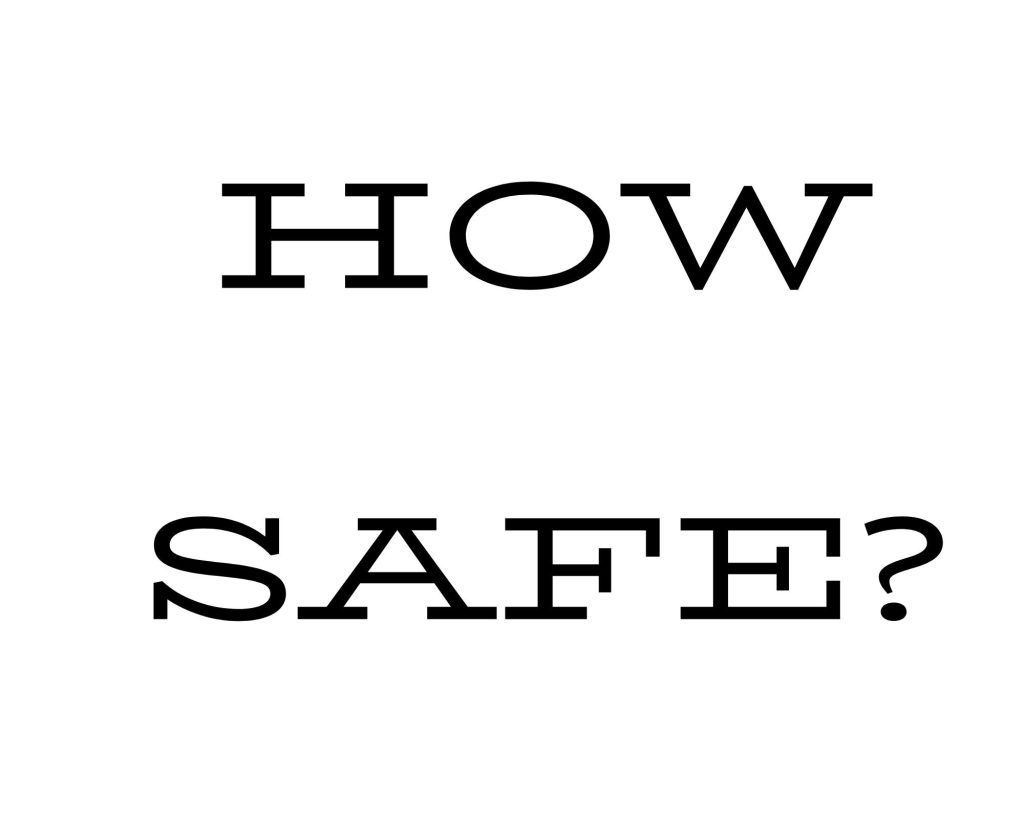
Well, like pretty much the answer to everything else in life, “it depends.”
If the freeze-dried raw food you select for your dog uses the HPP or CPP system we mentioned above, it’s definitely safer because it’s pasteurized.
If the food isn’t subjected to high pressure processing, then it’s unpasteurized raw food, and it needs to be handled like raw food. Think raw, bloody chicken and act accordingly.
The problem is that, when the food looks dried out and kibble-like, we forget. Heck, I forget. I know there are times when I give the girls their food as treats and I walk away without washing my hands. If I were handing them a piece of raw chicken (bleh), I’d scrub my hands like Meredith in Grey’s Anatomy.
Fortunately, I live in a household where we don’t have compromised-immune family, and I rarely forget to wash my hands. I always prep the dogs’ food in a designated area which I always sanitize afterwards, and I use ceramic raised bowls which I hand wash after their breakfast and run through the dishwasher at night.
Is Freeze-Dried Raw Dog Food Dangerous?
Thus, whether dehydrated raw dog food is dangerous “depends.” If the food is pasteurized (in which case some raw advocates argued you’ve destroyed the raw nature of the food), then it’s likely about as safe as any processed food.
If it’s not pasteurized, then it’s safe with these caveats:
- Be scrupulous and treat the food as though it is any other raw meat that could spread illness if it contaminates other foods or your hands.
- Remember that your dog could be shedding bacteria from the dehydrated raw. You must weigh those risks given who your pup comes in contact with. And, recent research in Europe raised an alarm about much of that bacteria being the antibiotic-resistant kind.
Five Benefits of Freeze Dried Raw Dog Food For Small Dogs
Now that you understand the risks, let’s look at some advantages to feeding freeze-dried raw food to your small dogs. Before launching into our review, we’ll review five benefits of feeding your small dog a freeze-dried raw diet.
1. It’s So Convenient
A complete and balanced freeze dried raw meal takes only minutes to prepare and can be safely stored for extended periods. It also weighs a fraction of what kibble weighs, so you’ll have no heavy bags to lift, saving both your back and shipping costs.
2. It Travels Well

As we mentioned earlier, it’s easy to pack either for short day trips or longer plane rides. It requires no refrigeration, won’t leak, and again, it weighs practically nothing.
3. Greater Digestibility and Healthy Weight Management
Freeze dried raw dog food is a high-quality product. It’s not processed, so you’ll gain all the benefits of a raw food. After nearly fifteen years of feeding raw, we’ve come to believe those benefits include greater digestibility, less poop, and almost effortless weight management. When people ask us how to help their small dogs lose weight, switching to raw is often the first thing I suggest they explore with their canine nutritionist or holistic vet.
4. Small Dogs Will Likely Love the Taste
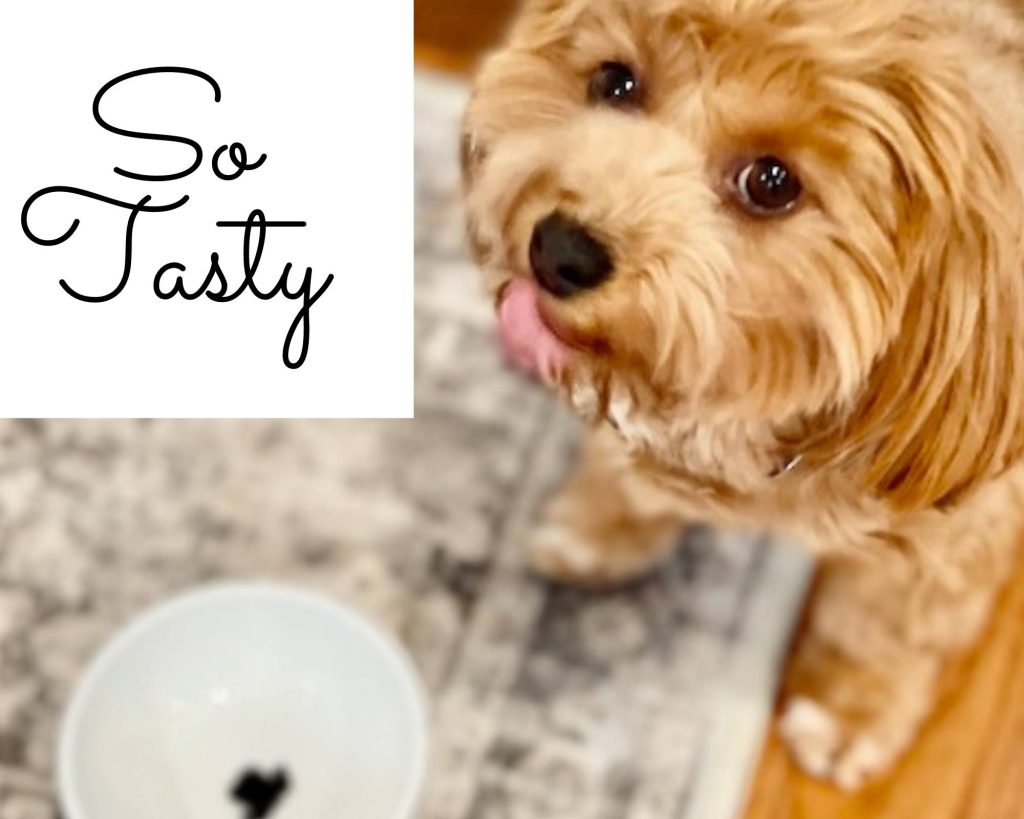
Except for some brands that rehydrated into an oatmeal-like consistency that Phoebe and Scout rejected, they adore most of the freeze-dried brands we tried. Our research shows that freeze-drying preserves and actually concentrates taste, and we can tell you anecdotally that we certainly believe it. The girls love this food.
5. It’s a Perfect Training Treat
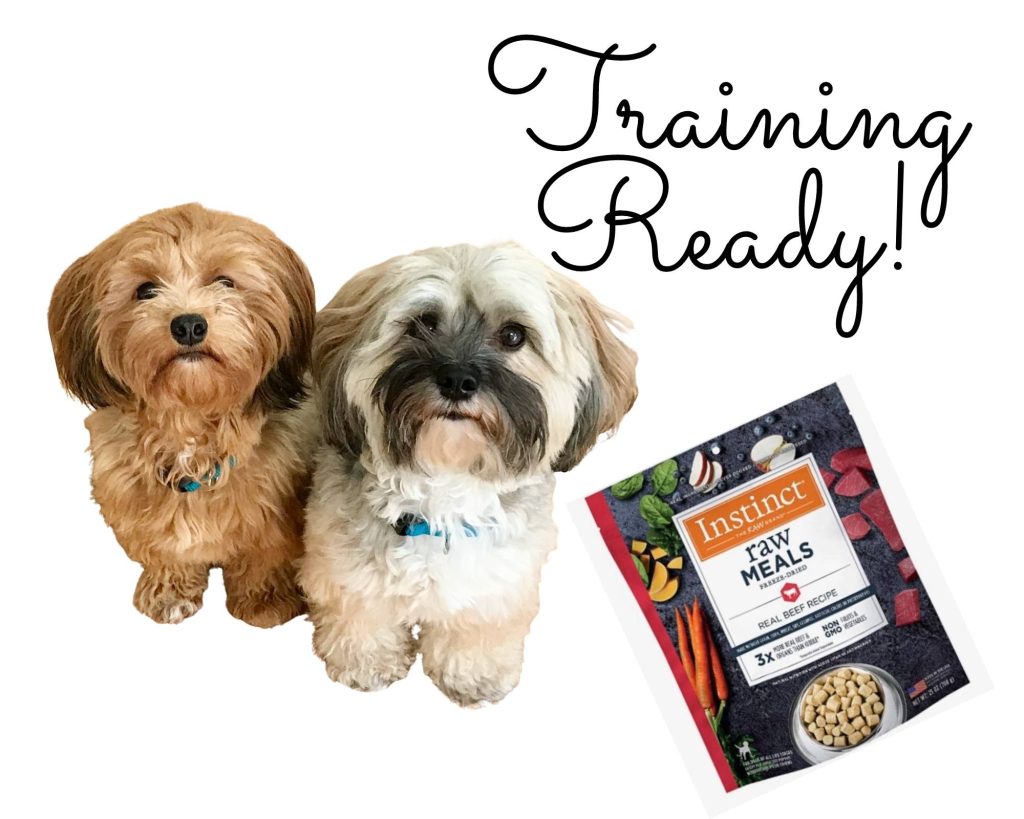
And because the girls love this food, they will eagerly work for it during training sessions. We’ve made so much progress because I can throw a few pieces in my pocket and use them throughout the day for small dog spot-training. Whether we’re on a walk, and I need to remind them how to behave around other animals, or I’m practicing our new recall word “Touch!” having these treats always on hand is a game-changer.
But note, we DO only carry around the high pressure processed food, because it’s been pasteurized and less likely to carry bacteria. It’s bone dry but solid enough that it doesn’t crumble in our pockets. The ONLY danger is forgetting to empty your pockets before you wash them. The resulting mush makes for a tedious clean-out of your clothes and washing machine. Not fun, and I speak from experience.
Is Freeze Dried Raw Dog Food More Expensive Than Raw?

We’d love (and planned) to answer this for you, but as of this writing, food prices are so unstable that anything we research and present will be outdated before the ink is dry on our writing. And, since ink no longer has to dry, that’s pretty fast. For this reason, we’ll revise this post in a couple of months to give a fairer comparison of raw vs. freeze-dried raw foods.
What To Look For in Freeze Dried Raw

As we point out in our YouTube video, you can find the “perfect” food for your small dog, but that might not help you at all. Your pup may well tell you they’re not going to eat it. Like a fussy toddler faced with broccoli or peas, small dogs can be quite picky about what gets past their cute little black lips.
But that shouldn’t stop us all from trying to find the best food for our small dogs. And, in order to give your small dog the best chance of optimal nutrition, you’ll want to offer only from a range of foods acceptable to you. Again, just like you did with your human kids, you’ll learn what your small dog needs and then offer options. (Did anyone else have a child who passed through a period of wanting only Cheerios and blueberries?)
Nine Features We Looked for In Freeze-Dried Raw Food for Small Dogs
If you’re too exhausted to read further (hey, we may be wordy, but we’re certainly thorough), you can skip to our convenient chart below, which summarizes our research. Before reviewing the chart, however, you should scan the details on how we determined which foods were high-quality enough to feed our two Havanese. Here are the nine features:
1. AAFCO Complete Nutrition Profile
I’ve read “AAFCO Complete” for what I think must be all my life. I’m not sure when that certification became required on pet foods, but I can’t recall a time when I didn’t see it on foods. So, you’d think this issue isn’t one we’d need to bother checking off, since it’s always been on any bag of kibble.
But in the raw food arena, it’s so important we double-check that the commercial foods we’re offering provide a complete and balanced diet for our pups. With all the toppers and supplemental raw diets offered, many of which are packaged in bags that look like regular dog food, it’s vital to look for that AAFCO reassurance.
What is aafco?
AAFCO is actually a voluntary association of governmental agencies responsible for regulating animal food and drug products. They do more than merely set nutritional guidelines for our pets; I was surprised, for example, to read about their proactive work in reviewing the safety and effectiveness of specialty ingredients like hemp.
More importantly, AAFCO is helping develop standardized definitions for things like “human grade foods,” in order to prevent both confusion and misleading marketing. If you’re curious about this network of government agencies cooperating to help keep commercial pet food safe, you can read more here.
2. U.S. Sourced Ingredients
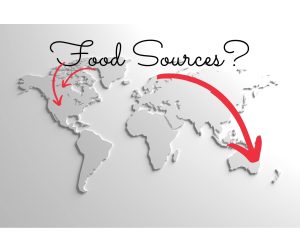
It’s hard to find U.S. sourced freeze dried raw dog food. In fact, when you review our chart, you’ll wonder why we included “US Sourced” when only one of the foods we review carries that seal. But that’s important to know.
Because protein is so expensive and companies often source world-wide to find the best prices, it’s rare to find a freeze dried raw that sources from the US exclusively. But, because we believe our food system, while not perfect, is easier to keep tabs on in terms of safety, we prefer a brand that uses American sources. In addition, from an environmental standpoint, it’s less stress on our planet when food doesn’t have to be shipped across continents.
3. Organic Vegetables and Fruits

Every year, we download the now-famous “dirty dozen” pesticide in foods inventory, and invariably, some of our favorite fruits and vegetables top that list. And, those fruits and vegetables are frequently on the ingredients list of many freeze-dried dog foods.
So, we want to see “organic” in front of the fruits and vegetables making their way into our pups’ food. We’ve faced so much devastating cancer in our golden retrievers, that we will do what we can to keep the environment in and around our small dogs clean.
This is the one major problem I have with Instinct, a food the girls love. It does not use organic fruits and vegetables as of this writing. However, because of its other benefits, I’m keeping it in the rotation until I find a better option.
4. SQF Certification Rating
This is a new one to us, and we have you to thank for the discovery, which we wouldn’t have made without doing additional research to report back to you. “SQF” stand for safe quality food, and it’s an impressive global initiative involving ALL food in our supply chain. And, it’s a mouthful to explain, so let me step aside momentarily and let the organization speak for itself:
“The Safe Quality Food (SQF) Program is a rigorous and credible food safety and quality program that is recognized by retailers, brand owners, and food service providers world-wide.
Recognized by the Global Food Safety Initiative (GFSI), the SQF family of food safety and quality codes are designed to meet industry, customer, and regulatory requirements for all sectors of the food supply chain – from the farm all the way to the retail stores.”
Companies who comply with these rigorous, globally-agreed upon standards can obtain certification. You can read more about SQF here.
5. SQF Certification Quality Rating
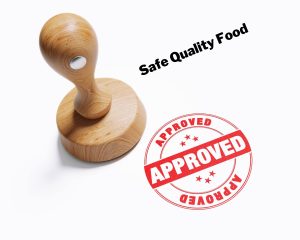
Yes, this is a bit confusing. If we were in charge of SQF, we’d certainly come up with better wording.
I mean, why would you have an organization called “Safe Quality Food” and then hand out “Safe Quality Food” Certifications and also “Safe Quality Food” Quality Ratings. Waaaay too close for comfort–in terms of the wording, I mean. But, as we tend to do, we digress. Back to the point.
The SFQ Quality rating is for those companies who want to “go above and beyond food safety” by proactively monitoring potential threats to quality. It’s a bit challenging to find which raw food brands earned this rating, as SFQ doesn’t seem to maintain a public listing of dog food companies who’ve obtained the SFQ Quality rating. So, we relied on the brands to tell us on their websites, assuming that if they earned this extra step, they’d certainly want everyone to know.
6. HPP or CPP PASTEURIZATION
“High Pressure Processing” or “Cold Pressure Processing” is the food safety pasteurization method we talked about earlier in this post.
7. primarily meat-Based, Legume Free
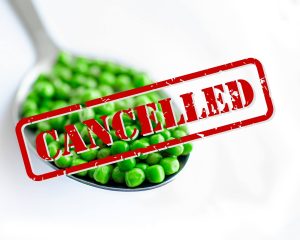
We could (and probably should and will) write an entirely separate post on the misleading nature of “grain free” dog foods. You probably already know a great deal about the issue, but let’s recap quickly.
You’ll likely recall that “grain free” dog foods became popular in the early 2000s. That popularity arose in part because of the move to feed dogs a “biologically appropriate diet” based on their wolf-origins and in part because of the melamine-scare from tainted grains.
And so, concerned dog moms and dads began demanding grain-free dog foods. And of course, the market was more than happy to oblige. Brands jumped on the “grain-free” band wagon as though simply removing corn, rice and other “offending” grains magically made their food superior.
But then, back in 2018, the FDA warned of an alarming connection between those popular grain-free dog foods and dilated cardiomyopathy (DCM), an extremely dangerous heart condition. Here’s a list of the brands most frequently associated with reports of DCM.
latest research on dcm
Since 2018, we’ve learned a bit more, although not all that much. However, some of the latest science out of Tufts University points to legumes (peas, chickpeas, and lentils, especially) as a possible ingredient related to dietary DCM. It’s likely that these ingredients block a dog’s ability to make taurine, an essential amino acid related to heart function.
We choose foods that are grain-free but we are scrupulous about what else is in the food. (Just because a food has no grain doesn’t mean the rest of what’s in it is good for your dog. Slick marketing wants to convince us otherwise.)
We want to feed a biologically appropriate food to our small dogs. For us, both the science and our experience of feeding a primarily raw and whole food diet is clear: our pups have cleaner mouths, smaller poops, and ideal weights. We choose foods that are legume free because dogs don’t need these foods and it’s possible legumes are what’s causing dietary-related DCM. So we don’t chance it.
It’s complicated, and we hope our explanation makes sense.
8. Ethical practices

Reviewing a dog food company’s ethical practices is a highly subjective process, as I discovered when I began searching for ratings agencies. Hundreds of non-profit and marketing companies claim to rate companies for their sustainability, their commitment to their communities, concern for animal welfare, diversity, equality, and a host of other topics. The information was so vast and unreliable, I finally decided to ditch the ratings agencies and instead examine each dog food company’s own claims regarding their ethics.
I’ve included those notes below in my detailed paragraphs on each food. Based on what I uncovered myself, I’d urge you to do some digging with respect to the dog brands you feed your pups.
When reviewing their sited, it becomes obvious rather quickly which dog food brands truly strive for transparency in their dealings, and which use marketing-speak to look good. As a result of my research here, I’ve decided to cross one brand off my list that I used for treats.
9. Small Enough Bites for Small Mouths
Do small dogs need smaller kibbles or bites?
Ours do. And, the AKC agrees that small breed dogs should have food that’s sized right for their small mouths.
Scouty, especially, with her abnormally long tongue, has trouble eating large bites. She either gives up or she swallows without chewing as she should. We can imagine that causes both temporary discomfort and poor digestion. And, it’s also likely not great for her dental health, since chewing is an important aspect of mouth care for small dogs.
And Finally
Our Freeze Dried Raw Dog Food Reviews
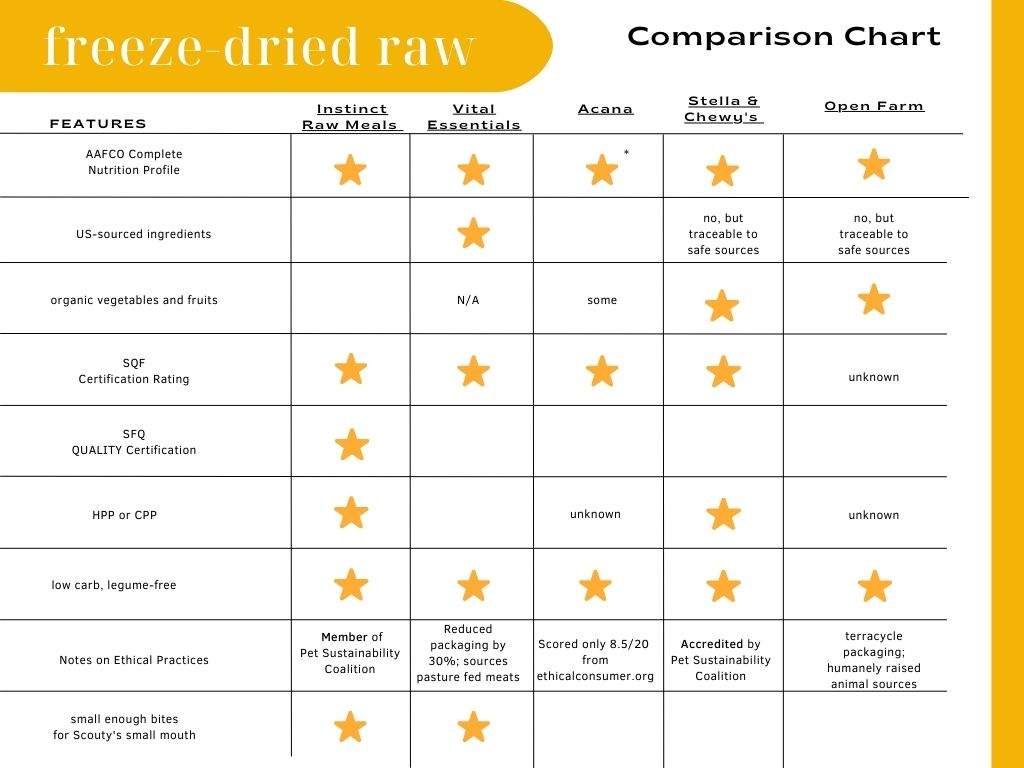
Additional Notes On Freeze Dried Raw Brands We Tried and Review Here
Instinct Freeze Dried Raw Dog Food
 This is one of two foods in our line-up right now.
This is one of two foods in our line-up right now.We like the balanced approach this food offers us: it contains some fruits and vegetables, but it’s eighty-five percent meat and organ meat. In addition, although some raw advocates would reject it, we like that it uses high pressure pasteurization. We’ll always keep an HPP food in our rotation in case we ever need to protect immune-compromised humans or pets in our home.
We also love Instinct’s commitment to scientific research into nutrition and pet health. If you’re interested, you can read more here.
We do not love that the 15% fruits and veggies are not organic.
Sojos Freeze Dried Raw Dog Food

While we liked the look of this food, which plumps up to look much like the real meat it contains, neither Phoebe nor Scout would eat it. In fact, they didn’t even like it as a treat. We suspect it’s the texture, as neither of them enjoys a spongy or mushy-feeling food. We ended up not bothering to put this one in our chart.
Acana Freeze Dried Morsels Raw dog food
The girls love the taste of this Acana freeze dried raw dog food, but the pieces are much too big for Scout’s mouth. And, I am not thrilled with the fact that Acana landed on that list of food brands most associated with DCM.
In addition, Acana’s website isn’t the most transparent in terms of process and ingredients. I spent forty-five minutes researching whether they use HPP in their process, and I cannot find the answer. Moreover, when I was deep into their website, I stumbled across a footnote indicating their “free range” poultry is uncaged and can move about “without outdoor access.” I felt a bit like their advertising says all the right things, but I was left wondering about their commitment to doing the right things.
In the past, we’ve used this only as occasional training treats for the dogs. But frankly, we probably won’t buy Acana again.
Its other drawback for us is that Purina is negotiating to purchase Acana’s parent company (Canada-based Champion foods). For a multitude of reasons we don’t have room for here, we prefer not to purchase Purina products.
Stella and chewy’s lil’ bites
Ironically, one of the foods we review (Stella & Chewy’s Lil’ Bites For Small Dogs Itty Bitty Beef Recipe) has bites that we consider neither “itty” nor “bitty.” So we wanted to share that aspect, in case you also want to feed your small dog a food that works for especially small mouths. Otherwise, we love everything we read about this company.
In fact, we love it so much, we may write to them and encourage them to provide a bite that’s truly “itty” enough for toy breed dogs.
The frozen raw version of this food is what we fed Phoebe from puppyhood until several years ago. Then, she contracted Giardia (not from the food, but from hiking with us) and became very sick. She stopped eating and seemed to associate her food with being sick. That’s not surprising, given that Giardia causes multiple GI symptoms. That illness is what sent us out on our odyssey to find a new raw food.
We love that Stella and Chewy began because one woman believed in the power of food to nurse her dogs to optimum health. The founder, Marie Moody, is still intimately involved in the running of this now-public company. Again, we may revisit this food, and if your small dog has a big mouth (physically, not figuratively), then maybe this is a food you could try.
Vital Essentials Freeze Dried Raw Mini Nibs
We love this food. The girls love this food. And, if it weren’t for the fact that I will always have a pasteurized food in the rotation, and I will always circle in more than one brand of dog food to avoid potential supply chain shortages (been there, done that), this is the brand I would feed exclusively.
However, remember Vital Essentials is an unpasteurized raw diet, and so it does require careful handling. We wouldn’t leave raw chicken juice on our hands or counter, or reuse plates having held the raw chicken. Likewise, we treat our raw freeze-dried foods the same way. We wash the counters and immediately pick up and wash the girls’ raised ceramic bowls. The FDA provides some clear cleaning guidelines for pet parents feeding raw food, which we generally follow.
In addition, be aware that feeding raw requires more diligence with your supply chain. Vital Essentials has dealt with small recalls in the past (a voluntary one in 2018 due to potential salmonella contamination. The FDA reported that no animals or humans were sickened). It appears no recalls have occurred since then. They boast rigorous food safety processes developed in conjunction with Kansas State University.
I’m also becoming more concerned about the sustainability of our protein consumption. It’s tough to decide the right path. But, it’s on my list of challenges to tackle, and I’ll be reading more (and reporting more) in the coming year.
“What was it Maya Angelou said? Do the best you can until you know better. When you know better, do better. “
So, that’s my plan.
The Easy Way To Taste Test Freeze Dried Raw Dog Foods
Are you thinking of trying freeze dried raw for your pups adding more brands to what you already feed? After speaking with your vet, we recommend first picking up small sample bags either from Amazon or at your local specialty pet store. Before you buy a bigger bag to rotate in, try the new food as a training treat first. Remember, if your pup’s not used to changing foods, it’s important to make gradual changes. We wait to see if the girls enjoy the food as a treat. If they do, we substitute out 1/4 of their regular food and replace it with the new food for a couple of days. Next, we move to substituting 1/2, then 3/4.
And remember, we’re also rotating their brand of freeze-dried raw dog food morning and night. After about a year, we’re happy with their weight, their energy levels, and their skin and coats. Phoebe does have an anal gland issue, and we’re working on that with our favorite dog nutritionist. (And yes, although the subject is so gross, we’ll be writing about that too).
Sample Packages
We’ve linked the smallest sample packages currently available on Amazon right below. Instinct is the only one with a true sample right now. You might have better luck with a pet store or simply contacting the company directly. Whatever you do, best of luck and have fun! It’s great bonding working with your pup to find a new favorite treat or food.
Please leave a comment! We’d love to hear what you’re feeding your small dogs or answer your questions about our food philosophy.
Affiliate Disclosure: When you make a purchase using a link on this post featuring dehydrated raw food reviews for small dogs, we may receive a commission. That commission helps us keep doing what we do. Thank you for supporting The Small Dog Rules @ Downward (Sizing) Dog. As an Amazon Associate, we earn from qualifying purchases. Our full disclosure, disclaimer, and copyright notices are found here.
IMPORTANT ADDITIONAL DISCLOSURE
Our blog articles offer generalized information only. You should not assume that recipes, tips or tricks are safe or effective for your particular dog’s needs! Always proceed with great caution when trying new foods, especially. You must do your own additional research. Do not rely on this information as a substitute for professional medical advice, diagnosis, or treatment of any health condition or problem affecting your dog. All questions or concerns you have about your dog’s health should be addressed with your veterinarian, animal nutritionist, or other healthcare provider. We so hope our writing helps inspire you to help your small dog live a long, happy, and healthy family life. BUT, you need to consult personally with experts in order to make that happen.
You’ll Also Love
Leave a Reply
Your email address will not be published.







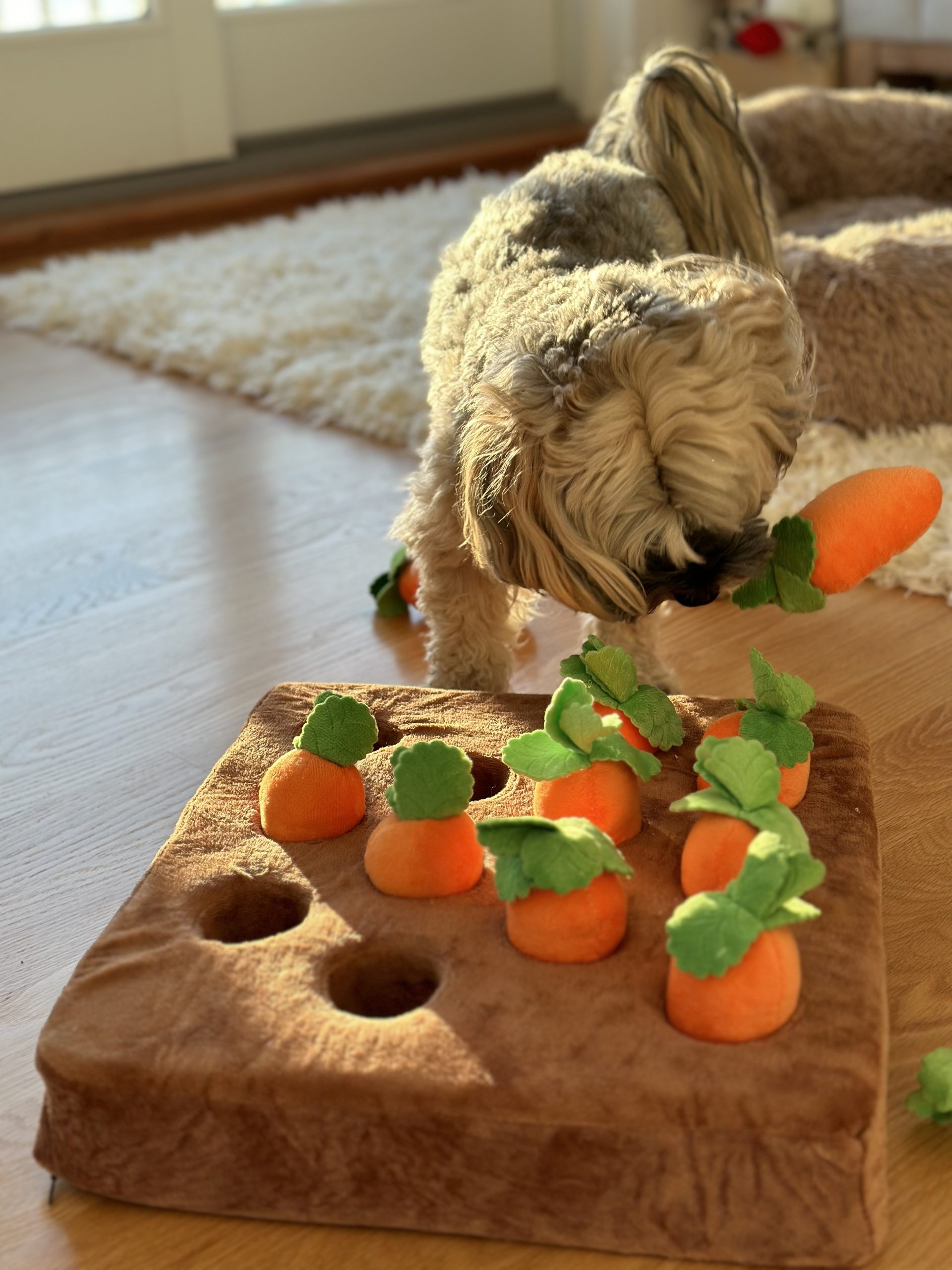
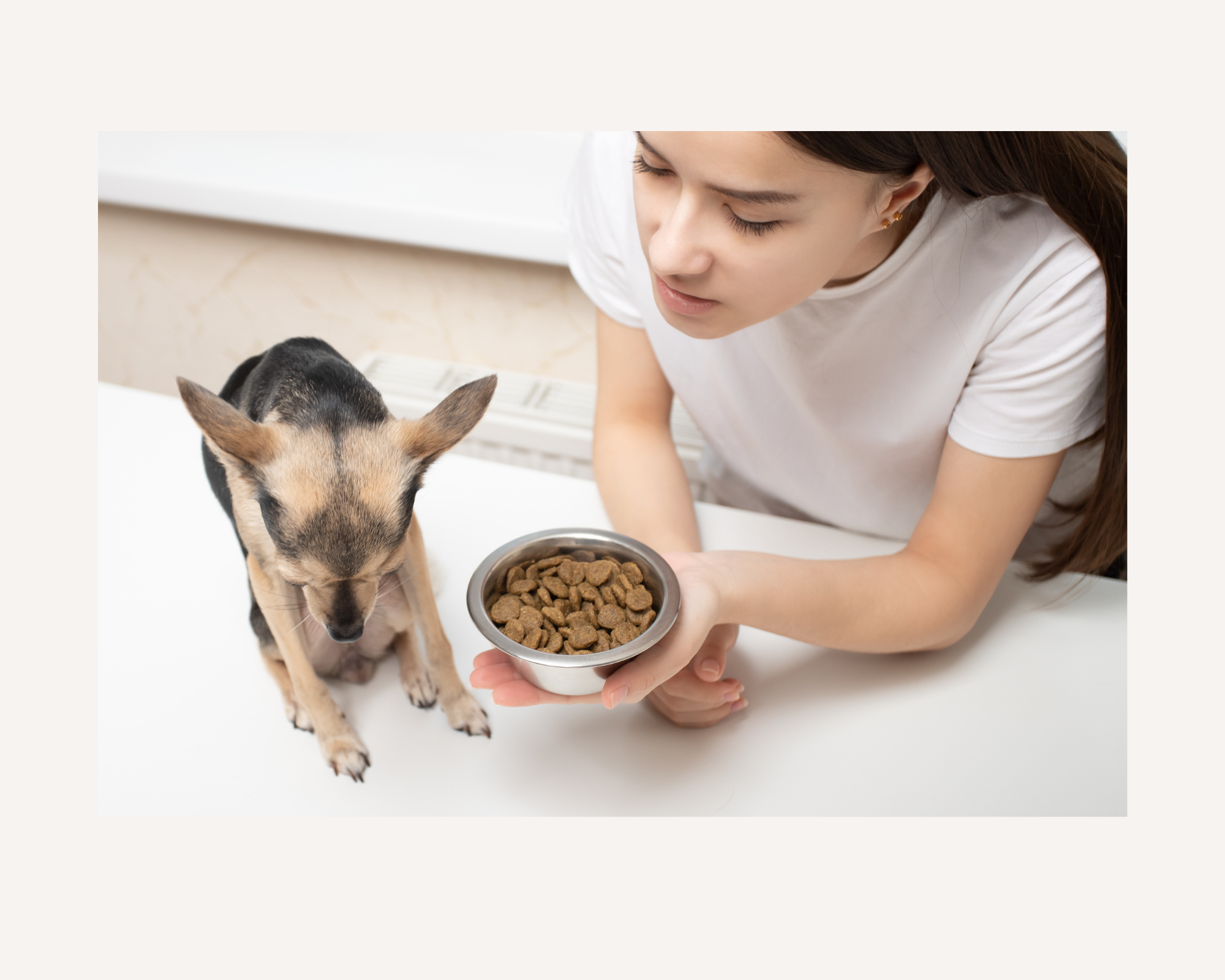


Thank you! I thought I was alone in my struggle to find a small kibble size for tiny dogs. The information you provided was very helpful. I believe in rotating protein. It’s a must for my dogs. May I ask what proteins you use, and do you rehydrate the food or feed it dry?
Hi Annette:
I emailed you privately, but just so others can share the information too, I’m posting my response here as well:
I’d say I’m also glad to hear I’m not alone in struggling to find the right small dog food, but that just means companies aren’t thinking clearly about how small a small dog’s mouth is! I truly don’t understand. Anyway – to your questions:
1. We use beef and turkey. My girls hate lamb. But, I do make quite of bit of food for them as well, and I rotate those proteins: eggs, pork, salmon….
2. As for the rehydration, they tend to make that decision for me. I always rehydrated with warm water and the girls loved it, until suddenly they didn’t want it wet. So for now, I’m giving it do them dry and just providing about twice the water I usually give them. I’m sure that when winter arrives, they’ll again want it rehydrated with warm water.
I’m looking forward to looking into GET JOY – thanks for the info! Let me know if your pup ends up liking any of the foods we use. Again, I always keep several in the rotation, not just so I can switch up the proteins, but so I am always assured ONE of their foods will be in stock and available.
Sincerely –
Karen
I don’t see Dr. Marty’s Natures Blend freeze dried raw. Is this safe for my 15 week old Maltese puppy. I just bought her the puppy formula. Thanks.
Hi there – We haven’t tried Dr. Marty’s, nor have I researched it in depth, but I did take a quick look on my “go to” site for at least getting an idea of a food’s overall quality. Here’s the link to the review on Dog Food Advisor. They give it a high rating.
Since what you’re feeding is specially formulated for puppies, it seems you’re certainly on the right track. Is your puppy eating it and enjoying it? That’s much of the battle with small dogs….
Congratulations on your puppy!! Such a fun time. Please let me know if you are happy with the Dr. Marty’s over the next few weeks. If I have time, I will do more in-depth research and we will try it ourselves. (Well, Phoebe and Scout will…I prefer my own dinner :). After my experience with Instinct, I need to add one more freeze-dried option to the mix.
Sincerely,
Karen